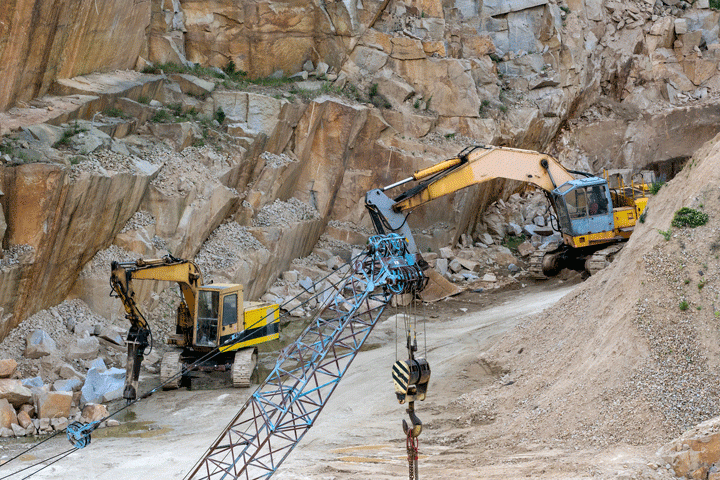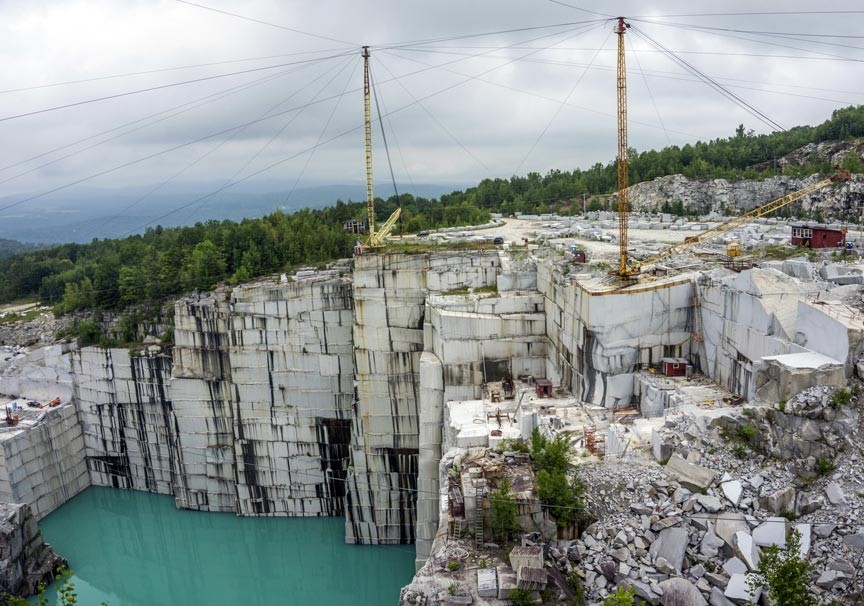Checking Out Granite Quarries in South Africa Sector: From Quarry to Masterpiece
Checking Out Granite Quarries in South Africa Sector: From Quarry to Masterpiece
Blog Article
Uncovering the Rich Background and Lasting Practices of Granite Quarrying
As we base on the precipice of discovering the elaborate tapestry of granite quarrying, a journey with time reveals not simply the physical act of extracting rock but also the cultural and historical relevance woven right into the very fabric of this method. From the old origins that laid the foundation for modern-day quarrying methods to the sustainable methods that are forming the future of this sector, each chisel mark on granite surface areas informs a story waiting to be discovered (granite quarries in south africa). The heritage of granite quarrying extends far beyond simple removal; it is a testimony to human resourcefulness, durability, and the enduring allure of this stunning rock
Old Origins of Granite Quarrying
Going back to ancient worlds, the method of quarrying granite has actually been an essential component of human background and building development. The earliest evidence of granite quarrying days back to old Egypt, where huge pyramids and detailed sculptures were crafted from this durable stone. The Egyptians utilized primitive tools to draw out granite blocks from quarries, showcasing the value of this product in their monumental constructions.
Moving forward in history, the Greeks also made considerable contributions to the quarrying of granite. The Greeks utilized granite in different architectural marvels, such as temples and sculptures, showing their ability in shaping and sculpting this durable rock. The Romans even more fine-tuned the methods of quarrying granite, employing sophisticated tools like chisels and hammers to extract and shape granite for their iconic frameworks.
Via the centuries, the technique of quarrying granite has developed, with modern innovations enhancing performance while keeping the timeless appeal of this all-natural rock - granite quarries in south africa. From ancient worlds to modern contractors, the tradition of granite quarrying remains to form our globe
Development of Quarrying Strategies
The advancement of quarrying methods has been noted by a constant progression towards better performance and precision in extracting granite. From the primary techniques employed by our forefathers to the advanced technologies made use of in modern-day quarrying operations, the industry has actually undergone significant advancements. Early quarrying strategies involved hands-on labor with basic devices such as blades, hammers, and wedges to extract granite blocks from the planet. As worlds advanced, techniques like fire-setting and primitive nitroglycerins were introduced to promote the extraction procedure.
In more current times, the arrival of equipment transformed the quarrying sector, enabling much faster extraction rates and raised efficiency. Technologies such as ruby wire saws, high-pressure water jets, and pneumatically-driven drills have actually ended up being typical in modern quarries, permitting for precise cutting and decreased waste. In addition, developments in computer-controlled devices and 3D modeling have actually optimized quarrying operations, causing marginal ecological impact and enhanced sustainability methods. As the demand for granite proceeds to increase, the development of quarrying techniques remains essential to meeting market needs effectively and sustainably.
Cultural Importance of Granite
Granite holds a profound social importance throughout different human beings due to its enduring visibility in building work of arts and respected monuments. The social importance of granite expands beyond its physical qualities; it symbolizes durability, security, and eternity, making it an icon of enduring traditions and traditions.

Sustainable Practices in Quarrying
Amidst the abundant history of granite quarrying and its cultural significance lies a growing focus on sustainable practices within the sector. As ecological understanding and issues regarding resource deficiency have enhanced around the world, the quarrying market has progressively embraced lasting methods to lessen its effect on the environment and bordering neighborhoods.

Additionally, improvement and rehab of quarry websites post-extraction are important to lasting techniques. By bring back quarried locations to an all-natural or advantageous state, such as creating wildlife habitats or recreational areas, quarriers can offset the environmental footprint of their operations and add favorably to the neighborhood community.
Tradition of Granite Quarrying
With a historical backdrop soaked in workmanship and industrial progress, what enduring impact has granite quarrying left on the landscape of modern society? his response The tradition of granite quarrying transcends mere removal methods; it has shaped building marvels, urban landscapes, and social heritage worldwide. The resilient nature of granite has made it a preferred selection for monoliths, buildings, and framework, standing as a testimony to the skill and artistry of quarry employees throughout generations.
Additionally, the economic impact of granite quarrying can not be ignored. The market remains to provide job opportunity and drive regional economic climates in regions where granite extraction is prevalent. It has actually also stimulated technical improvements in quarrying methods and equipment, leading to much more reliable and sustainable methods.
In regards to sustainability, the tradition of granite quarrying consists of efforts to mitigate ecological effects via recovery jobs and responsible resource monitoring. By stabilizing financial rate of interests with ecological stewardship, the industry makes every effort to make certain that future generations can continue to take advantage of this enduring all-natural source.
Conclusion

Report this page